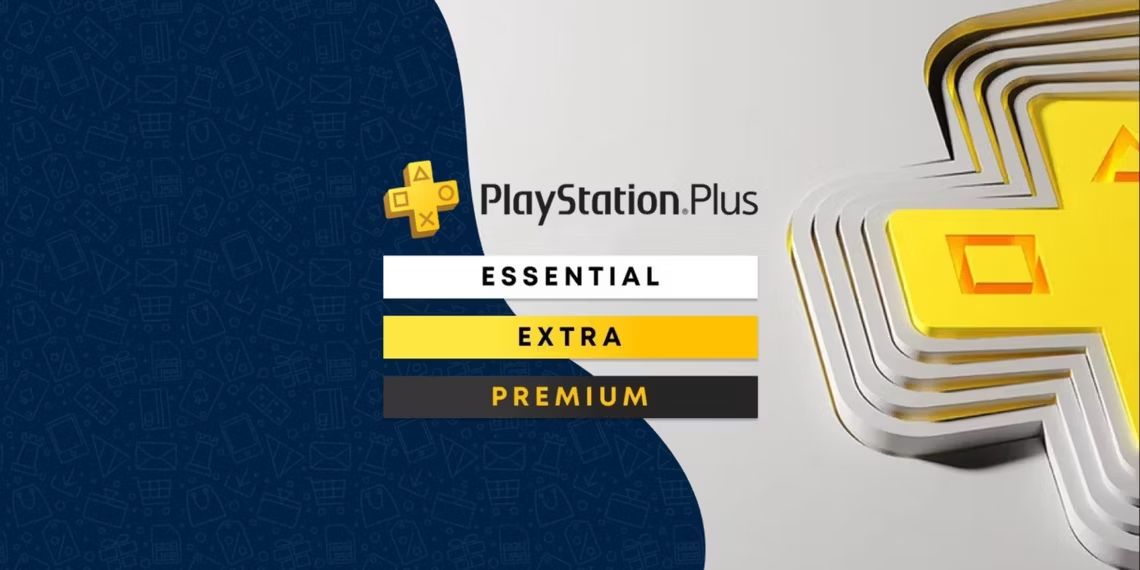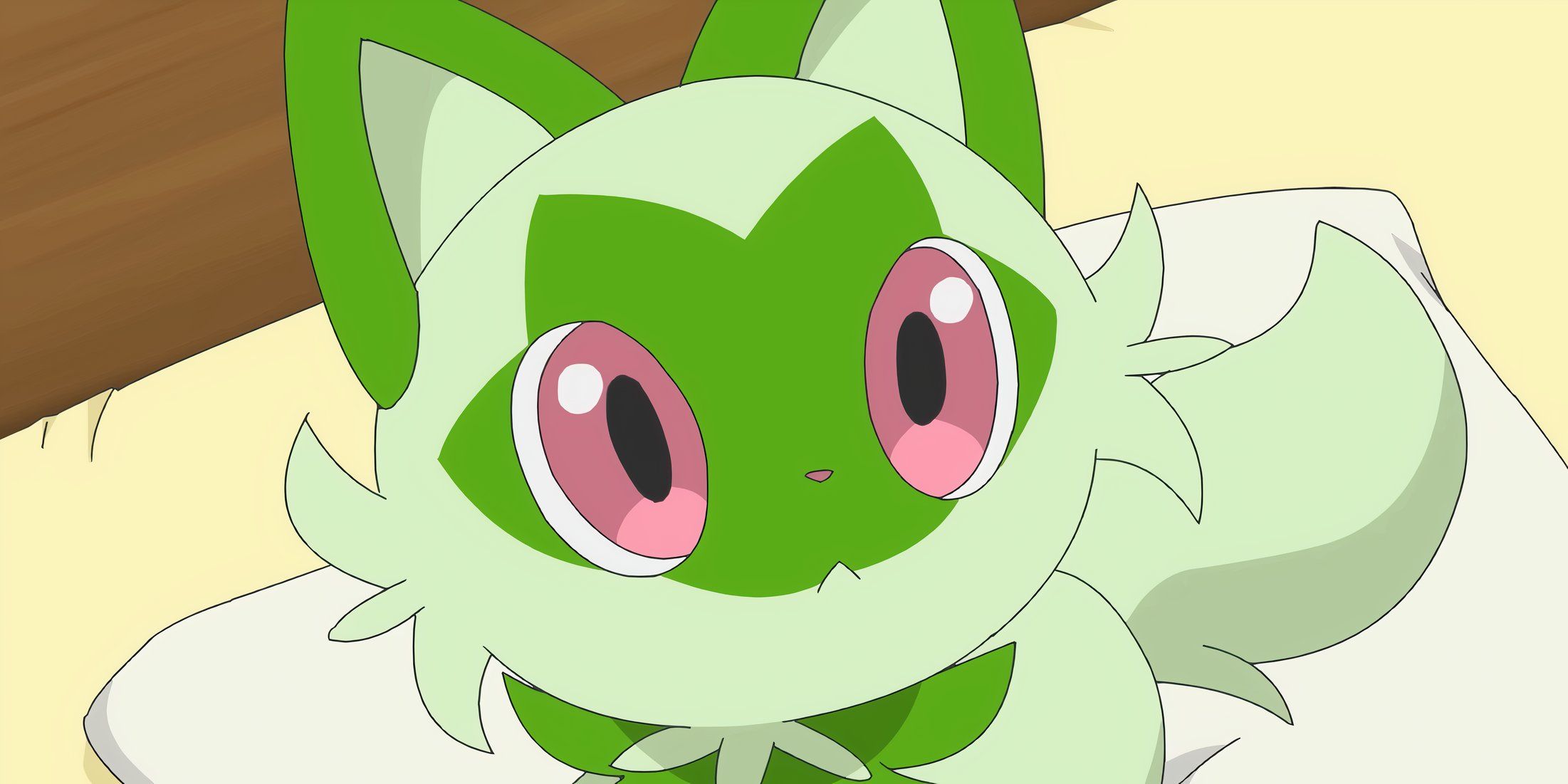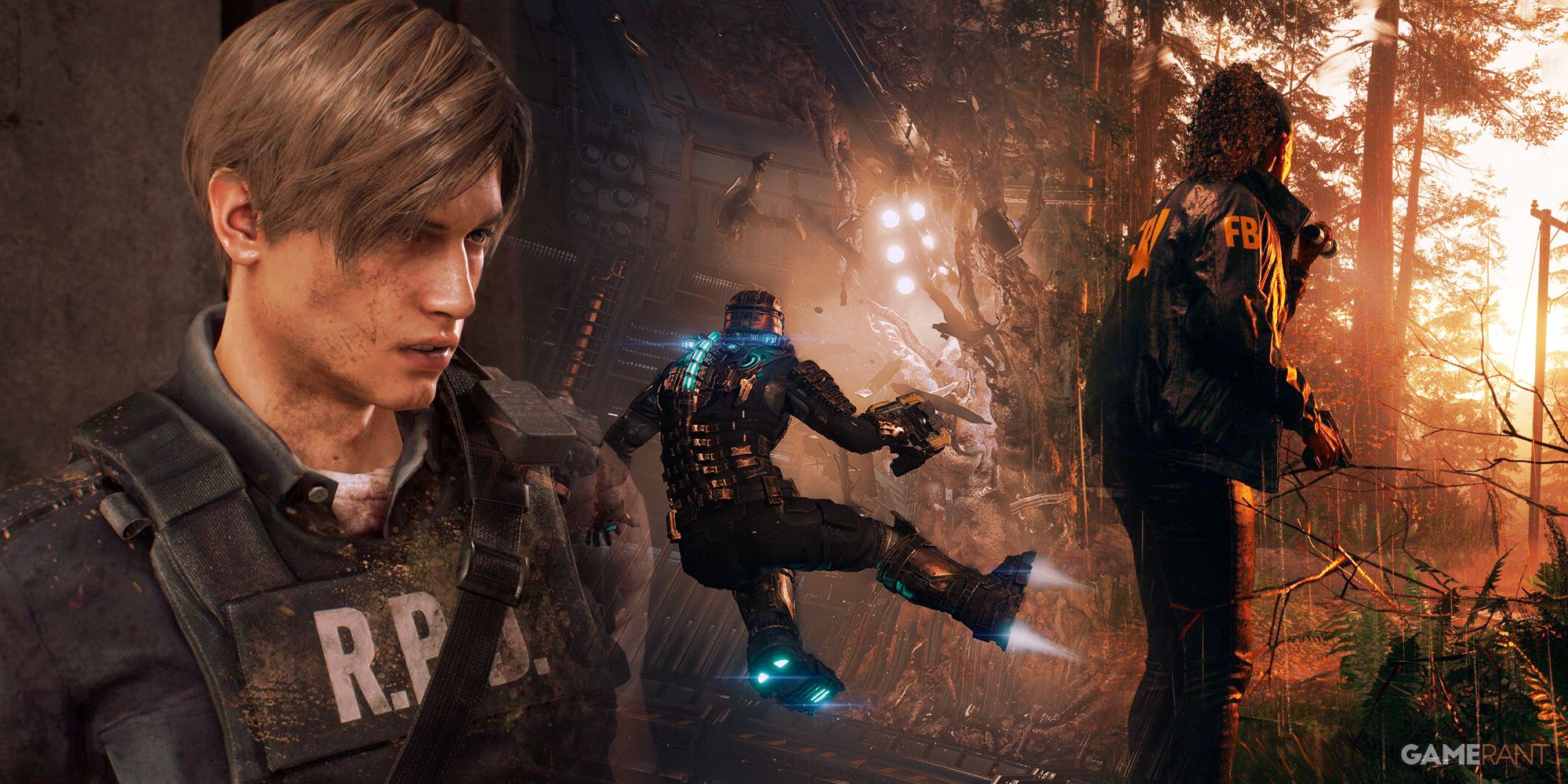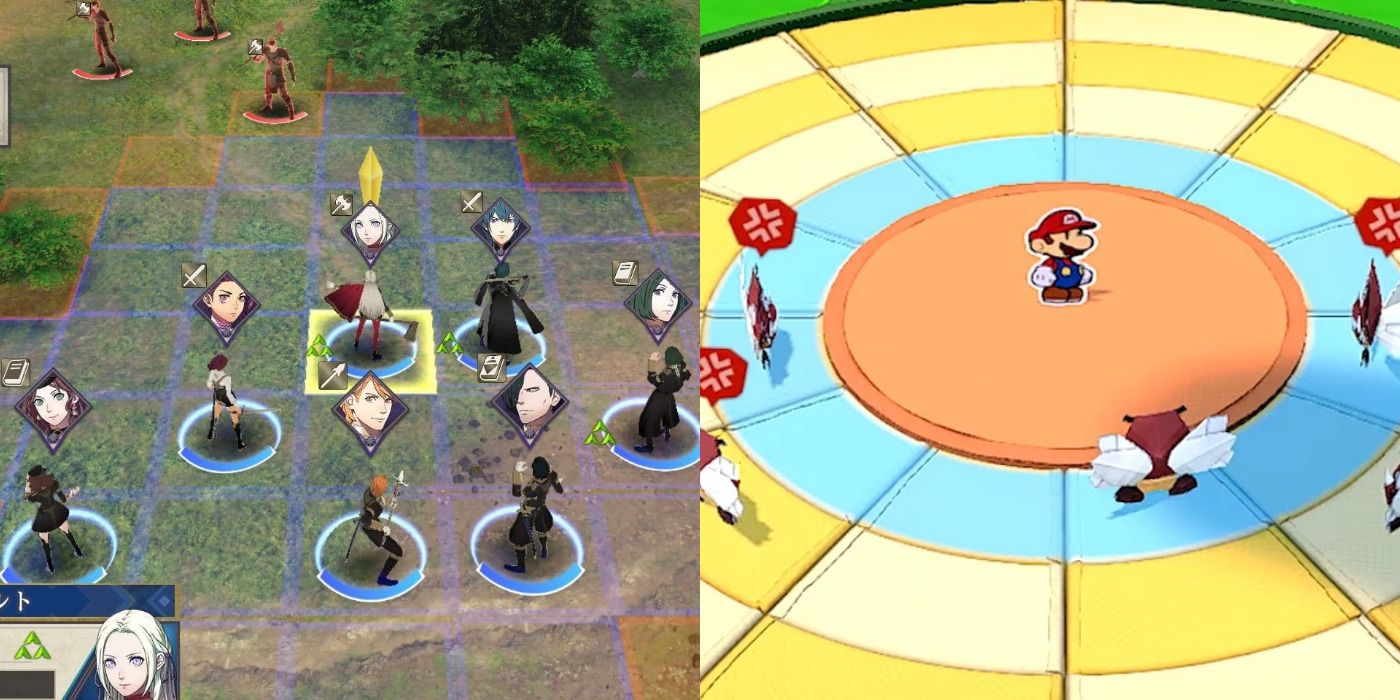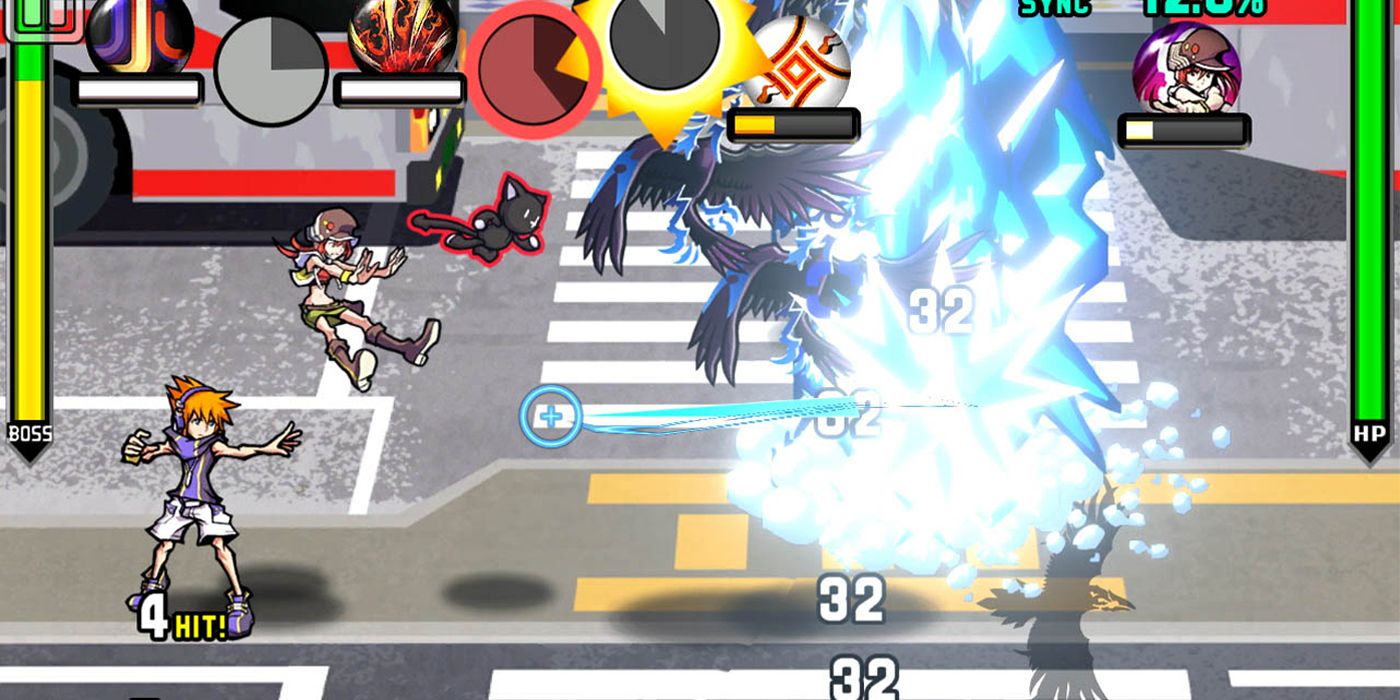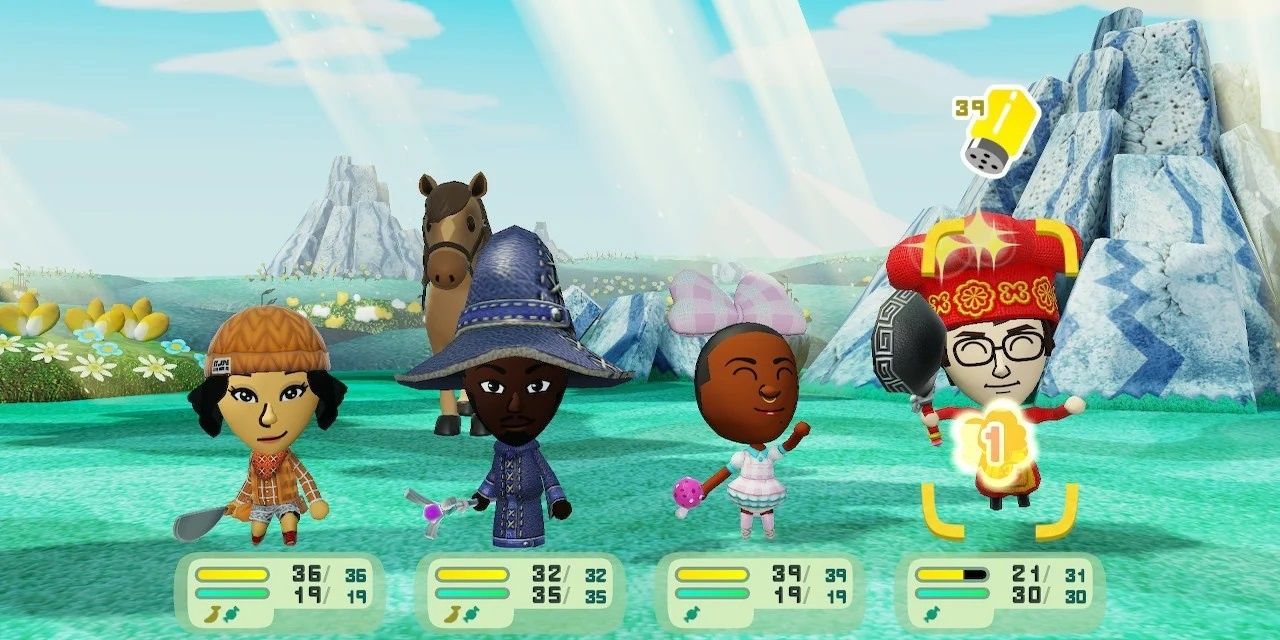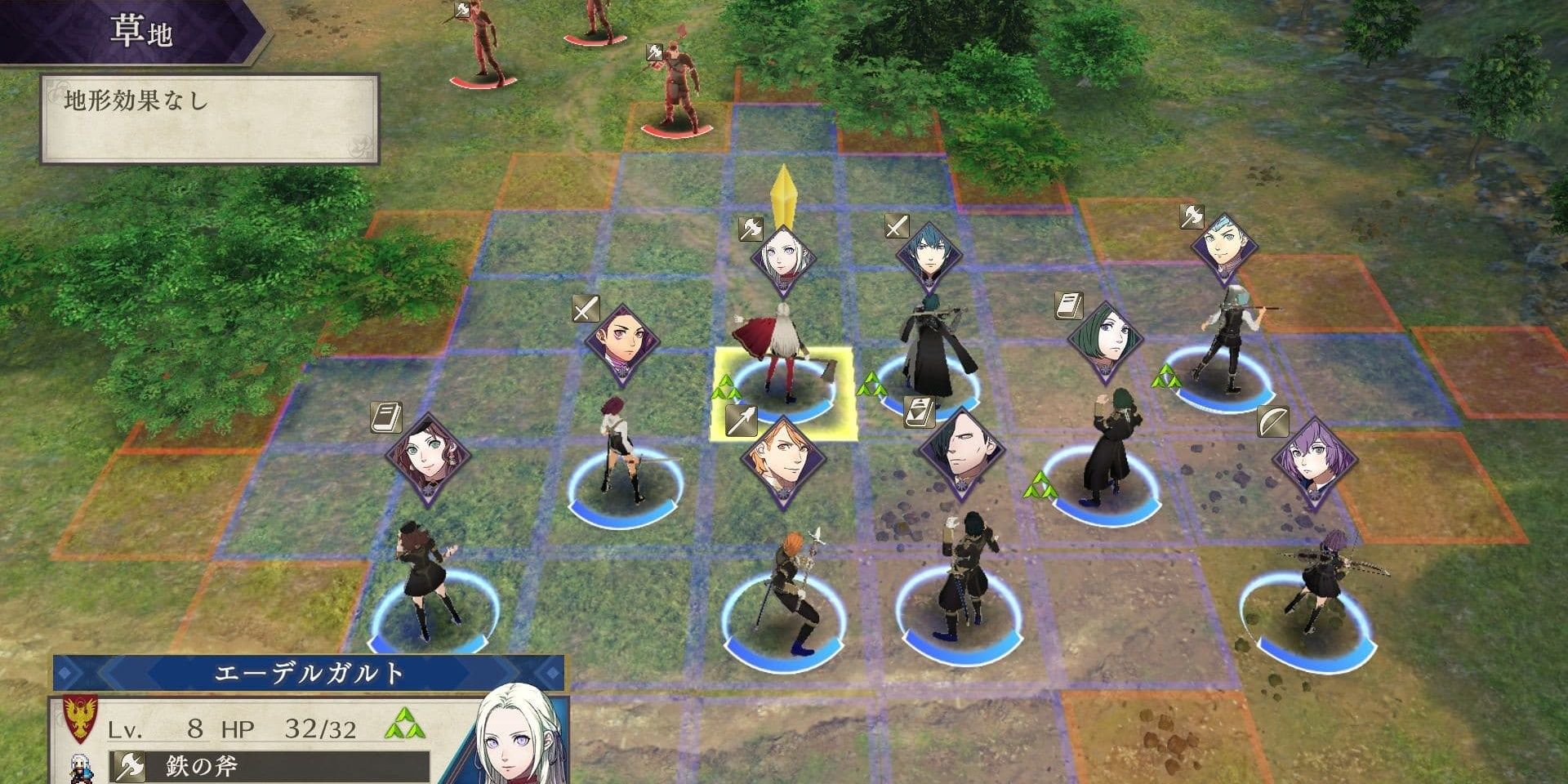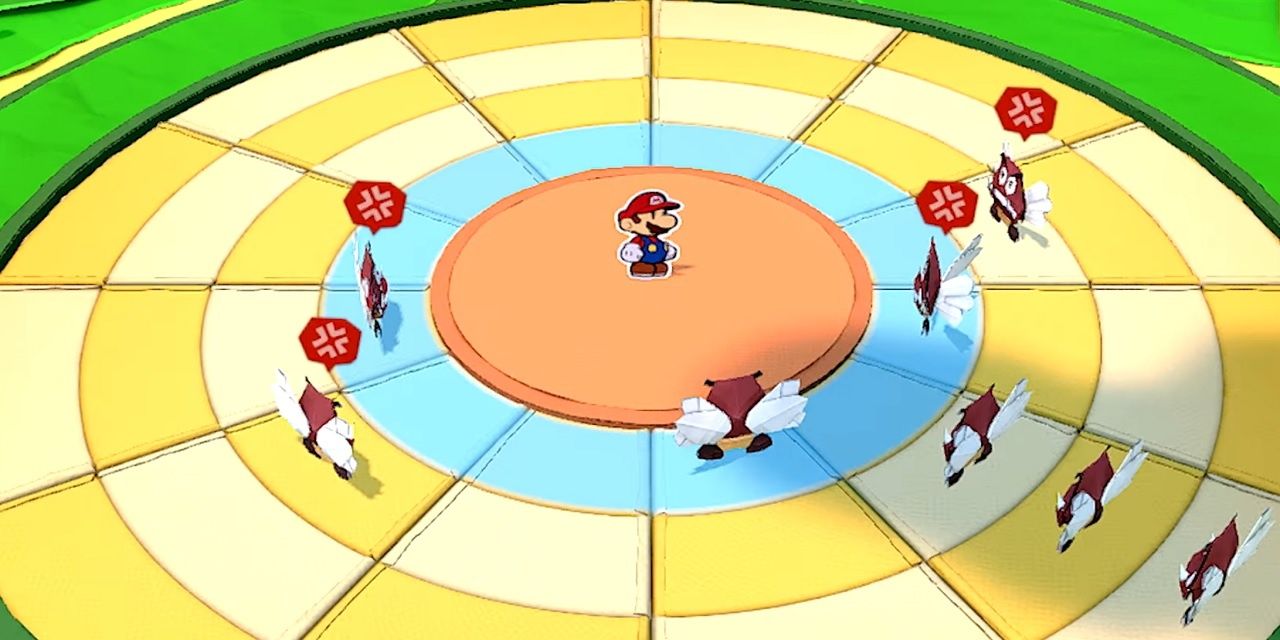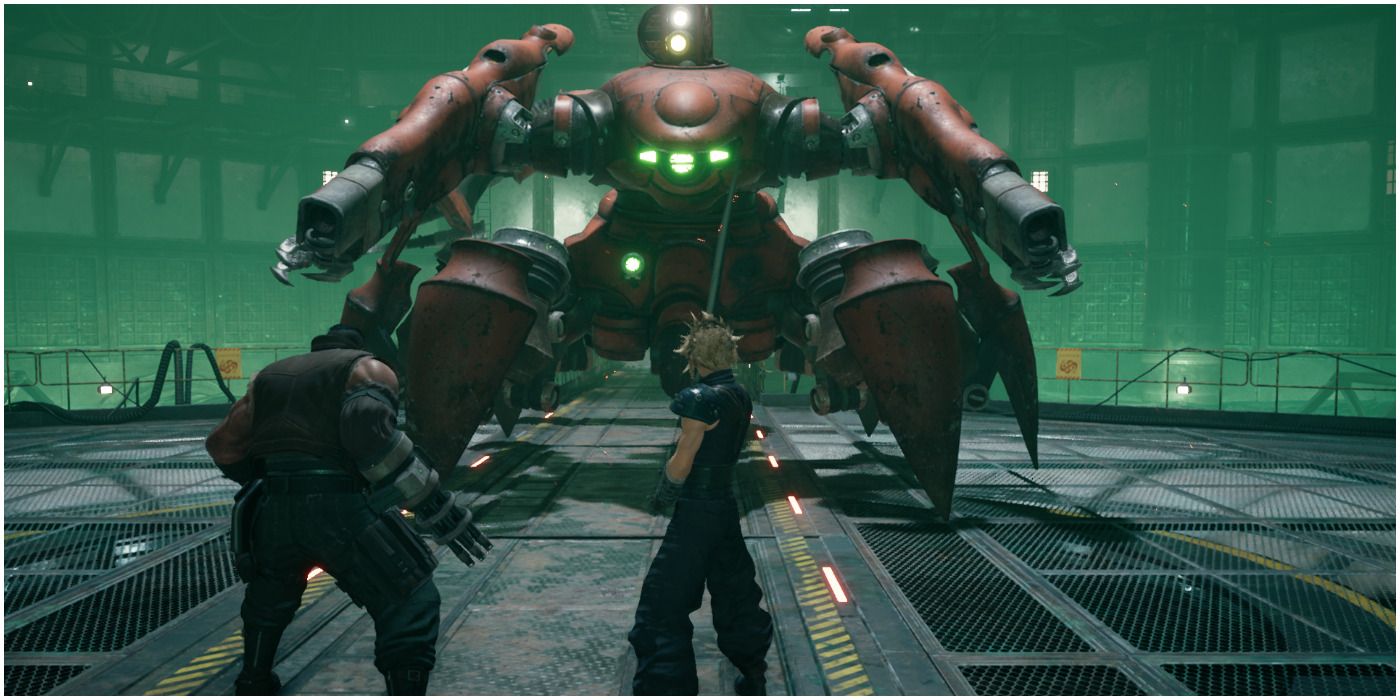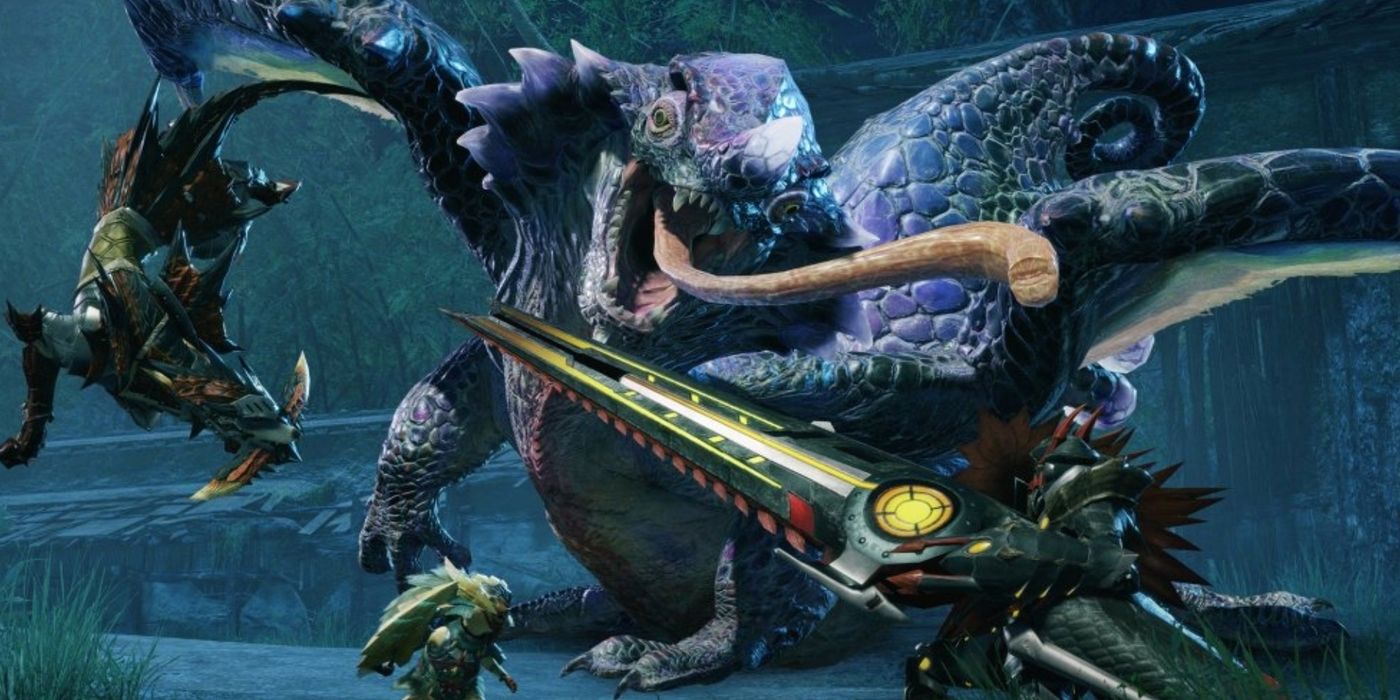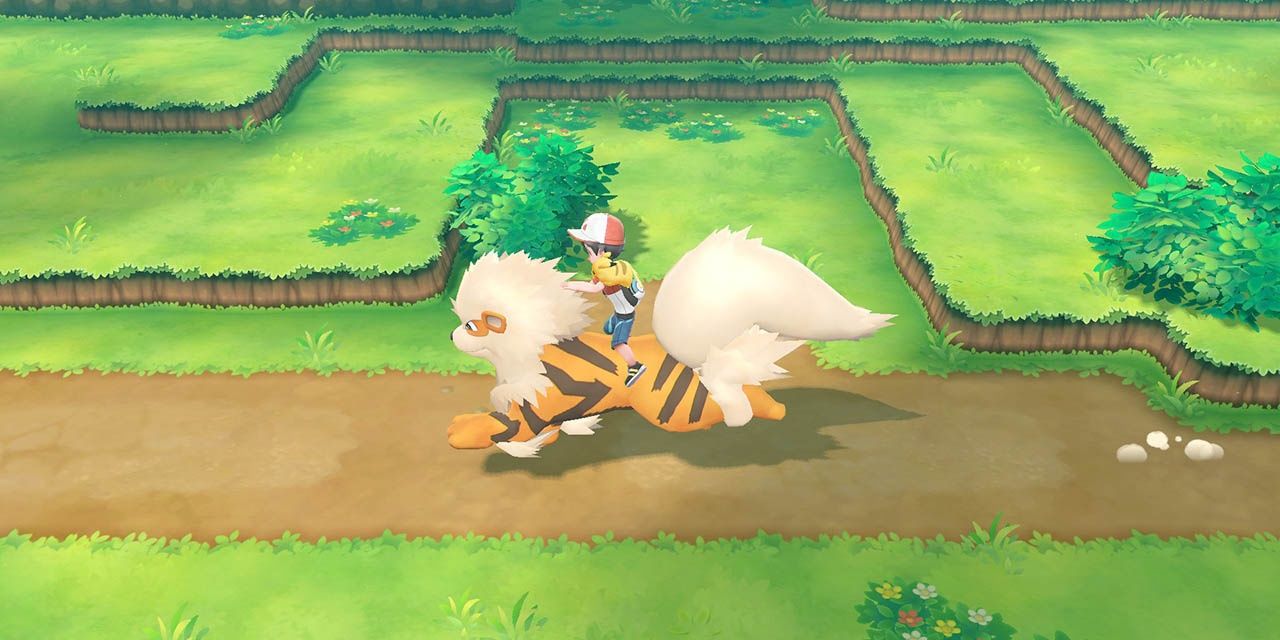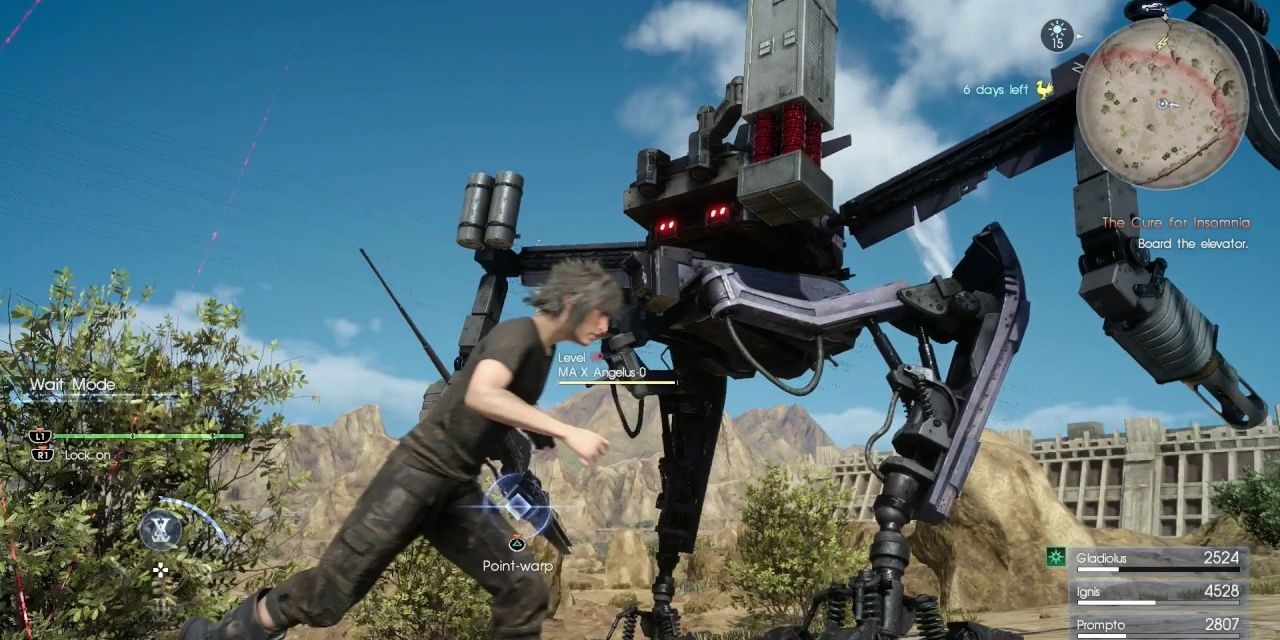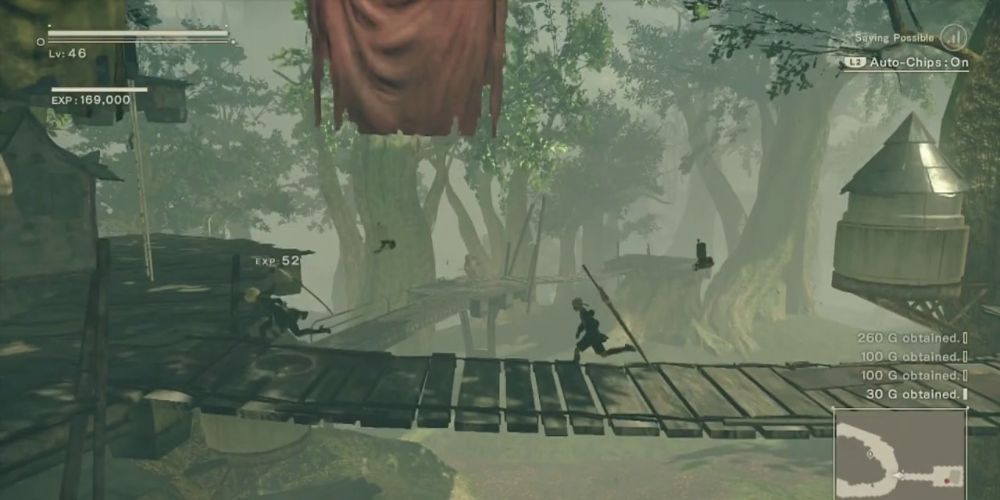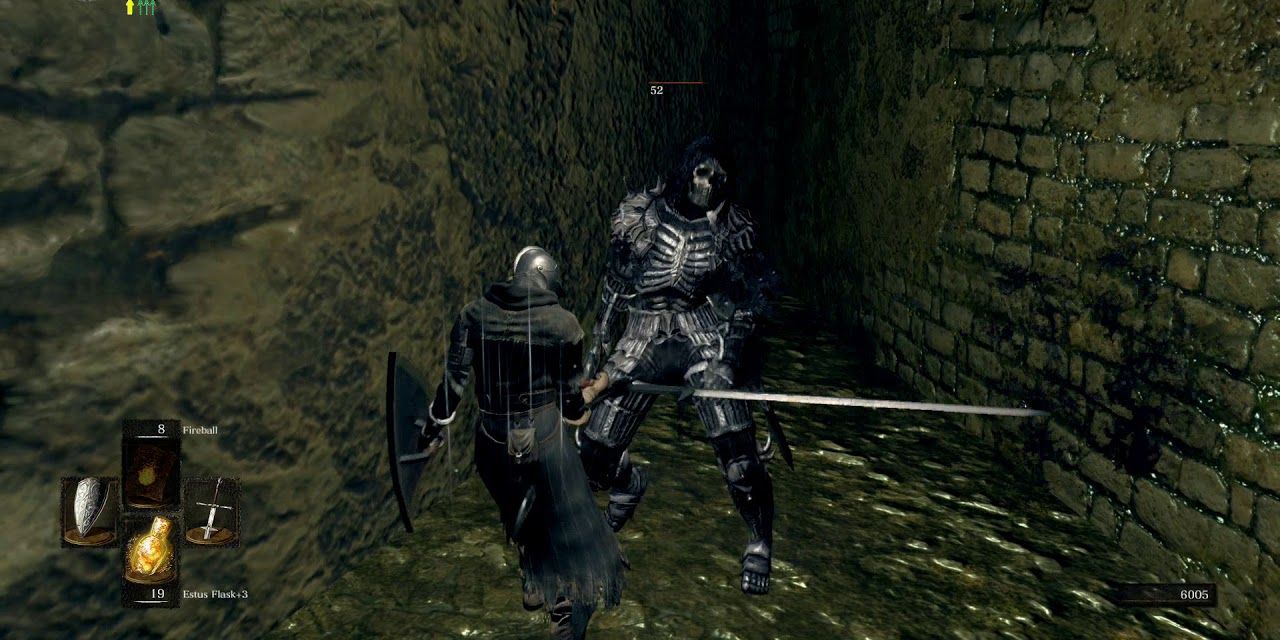When the average gamer thinks of JRPG, certain tropes appear in their minds. These include leveling up with lots of stats to micromanage, or random encounters with a large variety of monsters. Characters often don't look as old as they say they are, and people have wildly different accents despite supposedly being from the same place.
However, as the genre has expanded and become more mainstream among western audiences, many developers have pondered about how to better appeal to these markets. This has resulted in JRPGs breaking off into their own sub-genres. These games now boast wildly different types of combat, stories, and stat management.
10 The World Ends With You – Dual Screen Battling
One of the most innovative titles for the Nintendo DS, The World Ends With You took JRPGs in a brand new direction. Utilizing both screens of the DS, players would essentially manage two battles at once and have to quickly react to twists in the combat situations.
A large part of the appeal in this system was lost in the mobile & Switch releases. Yet, the non-traditional vibe of the game still sticks. Originally a cult-hit of a title, with the Switch release it has become more well-known in the gaming fanbase and now has an anime series based on it.
9 Miitopia – A Beginner-Friendly JRPG
JRPGs can be an intimidating genre to play for the first time. While most systems in the genre aren't too complex, the big screen of numbers that need to be managed can be very off-putting to newer players.
That makes Miitopia a perfect first-time JRPG. It has a light-hearted atmosphere, but still takes players on an epic quest. It still has mechanics like stat management and relationship-building, but in simplified forms. Instead of fully breaking away from classic tropes, it instead tones them down for newer players and creates a more welcoming experience for beginners that regular JRPG fans can still enjoy.
8 Fire Emblem: Three Houses – Rock, Paper, Scissors No Longer
For classic JRPG franchises, Fire Emblem is likely one of the first that comes to mind. Its tactical gameplay and quirky cast of characters scream "JRPG" even to a casual observer. As such, the tropes Fire Emblem: Three Houses breaks are less about the genre as a whole and more about the series.
Up until Three Houses, combat in Fire Emblem had a simple triangle of strength. Axe beats Lance, Lance beats Sword, Sword beats Axe. Later installments would add to this system and create exceptions, but the core triangle remained largely intact. However, Three Houses did away with it. Instead, it favored the Gambit system and focused more on the unit types themselves (flying, armored, etc.) to determine strengths and weaknesses.
7 Paper Mario: The Origami King – Going Round In Circles
The Mario franchise has always strived to do things differently. Every game in the franchise looks to bring something new to whatever genre it fits into. Paper Mario is no exception, as a franchise that changes up its combat system from game to game.
The most unique of these systems is that of Paper Mario: The Origami King. This game uses an interesting style of turn-based battling that brings in puzzle elements to clear the board of enemies. The gimmick of rotating the board to place the enemies in the best spots is an interesting one, and each battle feels carefully crafted to create an interesting puzzle.
6 Final Fantasy VII Remake – Changing The Game
What makes Final Fantasy VII Remake such a break-away from JRPG tradition is that it truly is a complete remake from the ground up. It uses the same world & characters as the original and similar story elements, but every other aspect of the game has been overhauled.
This is extremely non-traditional for the genre. JRPG remakes normally consist of the same base game with some polished graphics, and maybe a few extra story beats. Never before has a JRPG been completely rebuilt from ground zero to fit the modern market.
5 Monster Hunter: Rise – Preparation Over Reaction
While Monster Hunter has become somewhat of a classic series in the world of JRPGs, its gameplay is anything but. While there is always some level of preparation in JRPGs, it's rarely the key determinant between success and failure.
MonsterHunter laughs at this idea and trains players to go into fights, knowing as much as possible about their opponents. Players have to study where it resides, how it behaves when threatened, and where to strike it to bring it down. Not to mention, hunters must prepare their own resources to keep themselves going when the battle begins.
4 Pokemon Let's Go! Pikachu/Eevee – GO Catch 'Em All
Pokemon games may seem about as traditional as JRPGs get. However, the Let's Go games in the series looked to take a different approach to the formula, in a similar way that Pokemon Legends: Arceus looks to be doing.
Attempting to appeal more to casual fans of the franchise, Pokemon Let's Go! brought in several features from the ever-popular mobile game Pokemon GO. The traditional system for catching Pokemon was gone, now replaced with a system like that of GO, requiring motion controls to use.
3 Final Fantasy XV – Completely Open, Mostly
Final Fantasy XV is such a non-traditional game for the franchise due to how incredibly open it is. The full game world of a kind which fans never truly expected from the series in its modern iteration.
It also abandons tropes of the modern Final Fantasy games like instanced battles and managing gear for better stats. Final Fantasy XV stripped that away, making battles a much more fluid experience. They now took place in the open world, which in itself offered side-quests aplenty. Even when the game does get more linear in the latter half, that fluidity in the design sticks around.
2 NieR: Automata – Hack-and-Slashing Those Emotions
The NieR series has always felt very different to standard JRPGs. This feeling comes through not only in the gameplay, but the overall tone of the narrative. The majority of traditional JRPGs feature the player character and some unlikely allies banding together to save the world. NieR, however, features a much more downbeat tone.
NieR: Automata pushed that tone to its limits. The story looks to interrogate not only what it means to be human (and what can even class as human), but what it's like to feel. It isn't afraid to give depressing moments and conclusions to stories, or to to make the player reconsider what they believe they want or need out of life.
1 Dark Souls – A New Genre
While it seems baffling to refer to it as such today, when Dark Souls first came out into the world, it had all the makings of a JRPG. It offered stat & gear management, as well as a world of deep lore that slowly grows and expands throughout the game. The markings were there.
However, with the Souls games and its successors, FromSoftware and a select few indie developers turned that formula into something so unique that it broke out of the "sub-genre" bindings. The Soulslike genre is now one most players recognize, even if they don't know its name.

